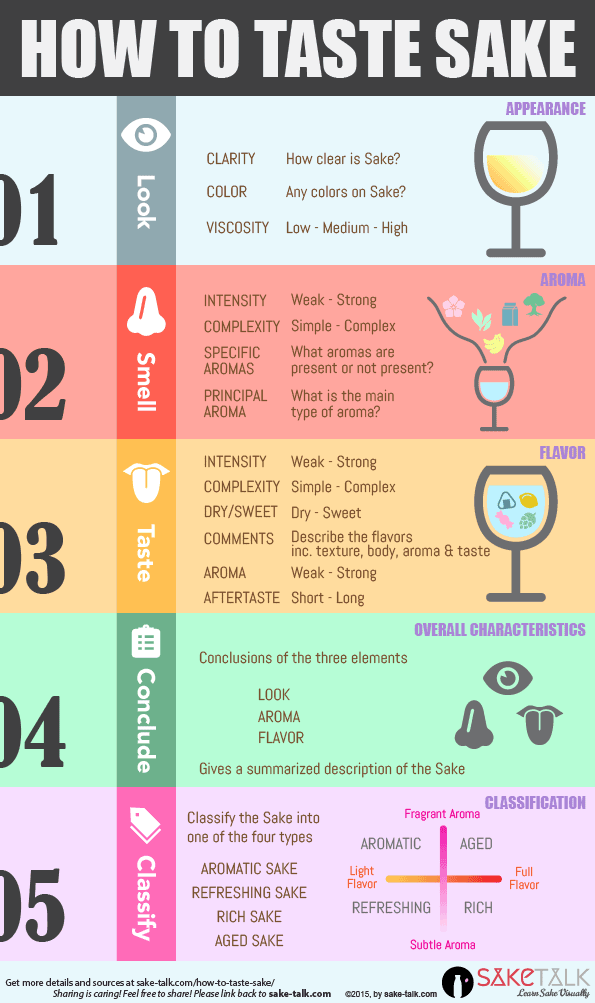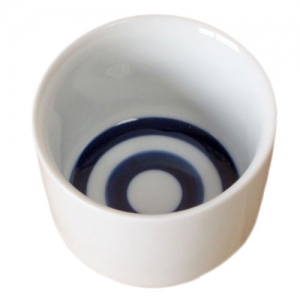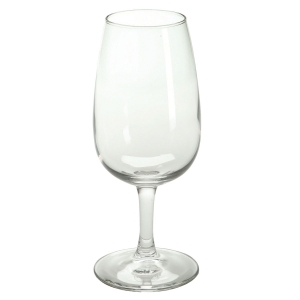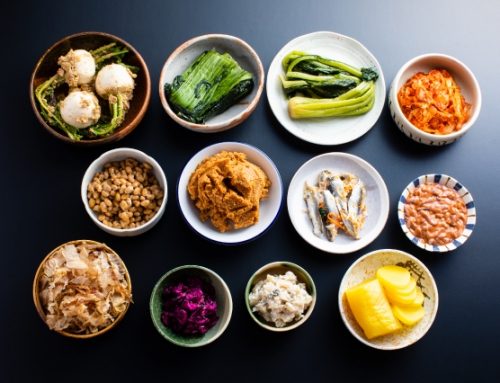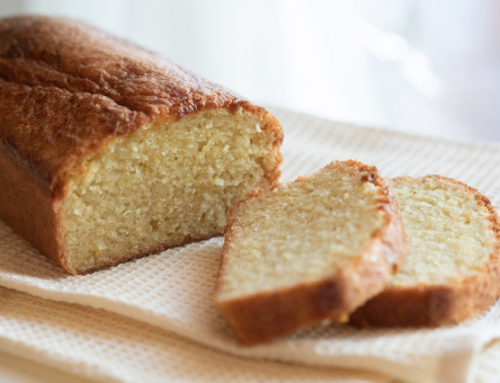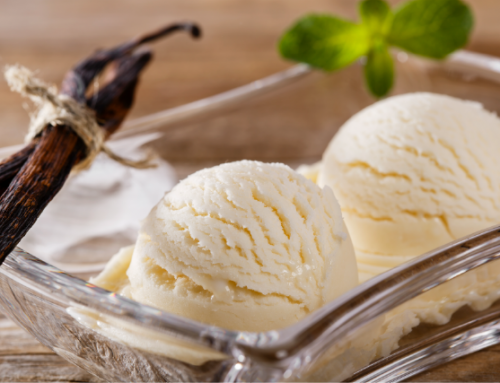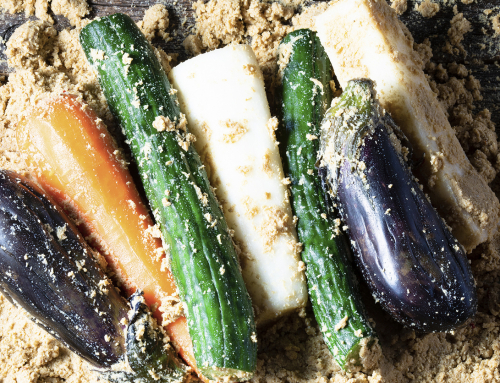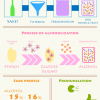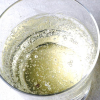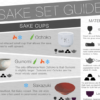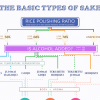Contents
In this article, we address the Sake tasting skills, and this also applies to the skills required to be a kikisake-shi, or Sake Sommelier. In order to fully appreciate the taste of Sake, it is essential to know how to taste Sake properly.
How to taste sake
There are 5 steps to take overall. The first 3 steps (appearance, aroma and flavor) are more important than the others.
-
Appearance
-
Aroma
-
Flavor
-
Overall Characteristics
-
Classification
Choosing an Appropriate Sake Ware
Before we start to explain how to taste Sake, we should talk about an appropriate Sake ware for tasting. There are mainly two types of Sake wares used for Sake tasting events.
-
Janome Choko
Janome Choko is a plain white ochoko with two blue lines in the bottom. It is used to see the color and transparency of Sake by looking at the white and blue lines. The disadvantage of this Sake ware is that it is very hard to smell the aroma.
-
Wine Glass
The narrow opening of the glass is useful for holding the aroma inside the glass. Therefore it is easier to smell the aroma of Sake. It is great for most of the tasting steps such as checking the viscosity, aroma and color.
The disadvantage would be that you can’t see the color of Sake compared with other colors like the Janome Choko, and the scene of drinking Sake would not be as nice as drinking Sake out of an ochoko, guinomi or any traditional Sake wares.
Read a very interesting article about Sake wares in Sake tasting events and competitions here (Aroma is Not Significant in Sake?!).
For further information on Sake wares, go to our Sake Set Guide page.
Here are the 5 steps on how to taste Sake.
1. Appearance
Clarity – Check the degree of transparency and clarity. The lack of clarity is often indicative of certain quality defects.
Color – Check the color. Most Sake is colorless and transparent, but some are faintly yellowish or tinted brown.
Viscosity – Check the degree of viscosity. Higher alcohol and sugar content brings higher viscosity, which can give liquid a thick or syrupy appearance.
Originally, Sake is a yellowish color. The transparent appearance of the finished product is achieved through filtration. Sake can change color to a brown or yellowish color for a variety of reasons. It is important to assess if the color of the Sake has been affected by deterioration.
- Aging can turn Sake to a brown or yellow color.
- Exposure to sun or high temperatures can cause Sake to turn yellow or brown.
- Sake which has been stored in wooden barrels will turn yellow or brown.
2. Aroma
Intensity of Aroma – Check the strength of the aroma.
Complexity of Aroma – Check the layers or variety in aromatic elements.
Specific Examples of Aroma – Give examples of specific scents you can smell from the Sake. For example, melon, banana, almond, oak, soybean, cooked rice, etc.
Principal Aroma – State the dominant aroma type of the Sake. For example, fruity, floral, grainy, nutty, spicy, etc. aromas.
3. Flavor
Intensity of Flavor – Consider the first impression in the mouth.
Complexity – Consider the layers and variety of the flavor in the mouth.
Texture – Consider the texture.
Sweet/Dry – Sake is often classified as either sweet or dry. However, the impression of dryness and sweetness is often subjective.
Comments on the Flavor – Describe the flavors in your own words from texture, flavor, aroma and body to characteristics of the Sake.
Aroma in the mouth – Consider the aroma when you take Sake into your mouth.
Aftertaste – Consider the aftertaste and impression that Sake leaves after it has been swallowed. Also pay attention to the presence of umami.
4. Overall Characteristics
Take the most dominant characteristics of Appearance, Aroma, and Flavor. Then summarize them to provide overall characteristics of the Sake. The overall characteristics can then be used for the classification of the Sake.
5. Classification
The Sake Service Institute created classifications for Sake based on aroma and flavor. The classifications classify Sake into four different types:
Aromatic Sake (Kun-shu) – Light Flavor + Fragrant Aroma
e.g. mainly Daiginjo and Ginjo type
- Fruity aroma and light, fresh flavor
- This type can be sweet or dry
Refreshing Sake (So-shu) – Light Flavor + Subtle Aroma
e.g. mainly Futsu, Honjozo, and Nama (fresh) type
- Modest overall, but fresh aroma with a smooth and lush
- The lightest and simplest of the four types of Sake
Rich Sake (Jun-shu) – Rich Flavor + Subtle Aroma
e.g. mainly Junmai and Kimoto type
- Overall, rich flavor with umami and the aroma of steamed rice
Aged Sake (Juku-shu) – Rich Flavor + Fragrant Aroma
e.g. mainly Aged Sake type
- Overall rich and powerful with an aged aroma of dry fruit and spices, including a creamy texture with sweetness and umami
If you know how to taste Sake and can taste Sake considering the appearance, aroma and flavor, you should be able to analyze the Sake and find more small differences in similar Sakes.
Related Links
7 Sake Set Every Sake Lover Should Know

